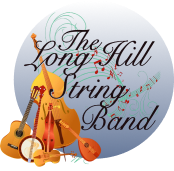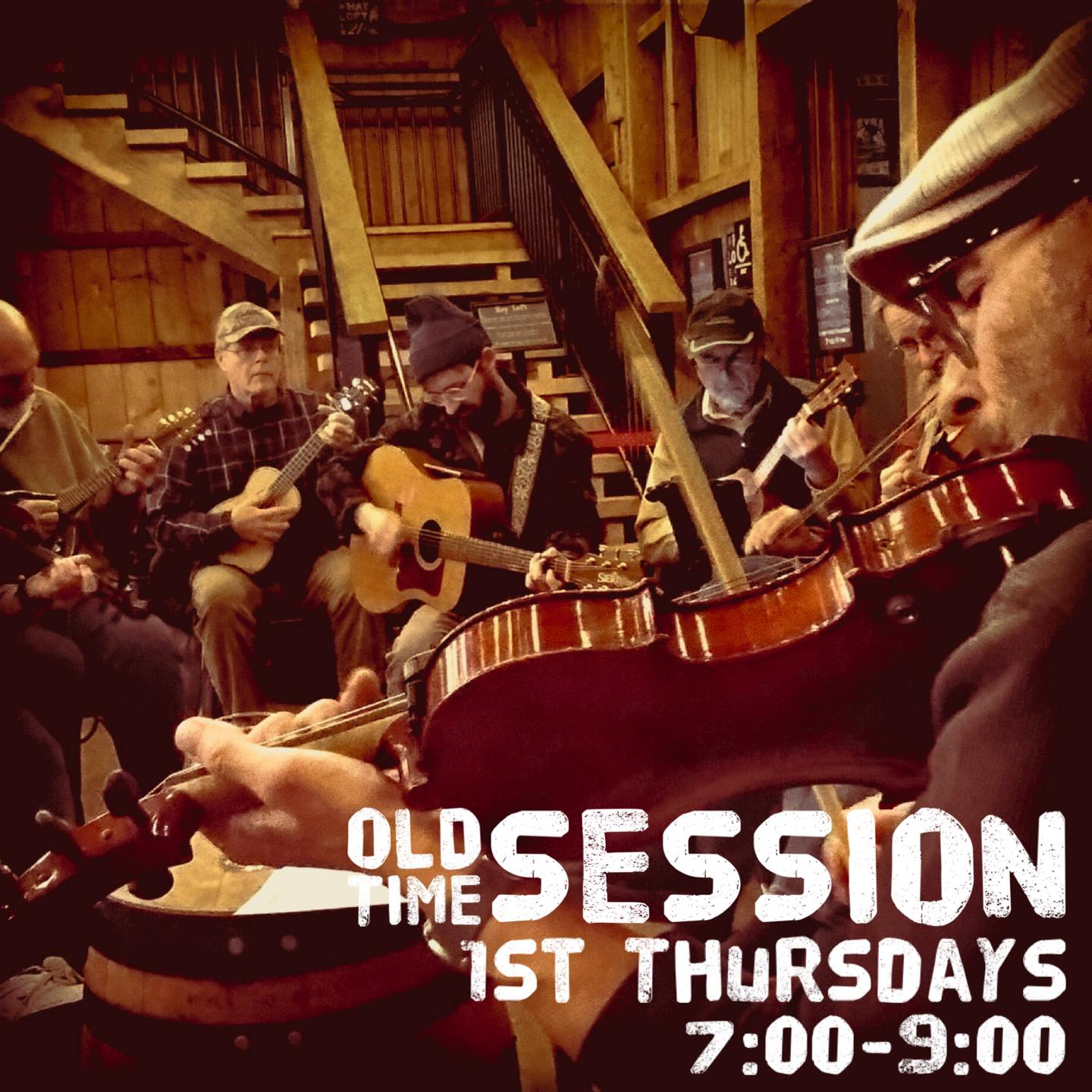For many musicians, the vast world of traditional music can seem like an uncharted territory. While genres like bluegrass or Irish traditional music might be more widely recognized, Old-time music often remains a hidden gem. This captivating American folk tradition, with its deep historical roots and vibrant community, offers a unique and rewarding musical journey. If you’re a musician eager to explore new sonic landscapes and connect with a rich cultural heritage, Old-time music might be your next great adventure.
But where do you begin when this distinctive sound isn’t always readily found? The good news is that Old-time music is experiencing a resurgence, and with a few guiding principles, you can easily find your place within this welcoming community. This article will provide five essential tips for musicians looking to delve into the world of Old-time music, with a special focus on finding opportunities in the New Jersey and surrounding areas, including the Long Hill String Band.
What is Old-Time Music? A Brief Introduction
Before we dive into the tips, let’s briefly define what exactly Old-time music entails. Often considered the predecessor to bluegrass and modern country music, Old-time music is a genre of North American folk music that developed alongside various folk dances like square dancing and contra dance. Its origins trace back to the traditional folk music of England, Scotland, Ireland, France, Germany, and Africa, brought to America by immigrants as early as the 1700s. These diverse cultural influences blended and evolved, resulting in a uniquely American sound.
Historically, the fiddle was almost always the leading melodic instrument, often accompanied by the banjo, which arrived in America from West Africa. Over time, other stringed instruments like the guitar, mandolin, and upright bass joined, forming what became known as a “string band.” Unlike some other genres, Old-time music is primarily about communal playing, often with a focus on dance tunes.
So, if you’re a musician and are interested in getting involved in Old-time, here are our top five tips to get started.
Tip 1: Immerse Yourself in the Sound – Listen Actively and Widely
The first and most crucial step for any aspiring Old-time musician is to listen, listen, listen! Old-time music is primarily an aural tradition, passed down through generations by ear. The more you immerse yourself in the sound, the more naturally the melodies, rhythms, and stylistic nuances will begin to sink in.
- Explore diverse recordings: Don’t limit yourself to just a few well-known artists. Seek out recordings from various regions and eras to grasp the breadth of Old-time styles. Look for iconic figures and bands like the New Lost City Ramblers, Doc Watson, Mike Seeger, and more contemporary groups like the Carolina Chocolate Drops. Online platforms like YouTube and streaming services are invaluable resources for discovering new-to-you tunes and musicians.
- Identify your preferred style: Old-time music isn’t monolithic; there are distinct regional styles, each with its own repertoire and playing approach. As you listen, you might find yourself drawn to the driving rhythms of Appalachian fiddle tunes, the melodic intricacy of New England contra dance music, or the soulful sounds of early blues-infused old-time. Identifying what resonates with you will help narrow your focus and guide your learning.
- Practice active listening: Don’t just let the music be background noise. Pay attention to the instrumentation, how the different parts interact, the bowing patterns of the fiddles, the banjo’s rhythmic drive, and the guitar’s accompaniment. Try to hum or sing along with the melodies. This active engagement will build a strong foundation for your own playing.
Tip 2: Find Your Instrument (or Reacquaint Yourself) and Learn Core Tunes
While Old-time music can be played on a variety of instruments, the fiddle and banjo (particularly clawhammer style) are often considered the heart of the tradition. The guitar provides crucial rhythmic and harmonic support, and instruments like the mandolin and upright bass round out the string band sound.
- Fiddle: If you’re new to the fiddle, consider finding a teacher who specializes in Old-time or folk styles. While classical training can provide a good foundation, old-time fiddling has its own unique bowing techniques and ornamentation. Many online resources and courses are also available, such as Fiddle for All, which specifically targets adult beginners.
- Banjo (Clawhammer): The distinctive clawhammer style is synonymous with Old-time banjo. It’s a rhythmic, percussive approach that provides both melody and accompaniment. There are numerous instructional videos and teachers dedicated to this style. Don’t be discouraged if it feels awkward at first; consistent practice will yield results.
- Guitar: For guitarists, learning Old-time backup is a rewarding skill. This involves mastering basic chords (G, D, A, C are fundamental) and developing a solid “boom-chuck” strumming pattern. The guitar often provides the rhythmic anchor for the band.
- Start with the “Top 20” tunes: Many Old-time communities have a shared repertoire of commonly played tunes. Learning a handful of these widely known melodies will allow you to quickly join in jam sessions. Resources like the Ballad of America is an excellent starting point. Focus on getting the melody and rhythm down solidly before moving on to intricate variations.
Tip 3: Connect with the Community – Find Local Jams and Workshops
Old-time music thrives on community. It’s a social activity, and the best way to learn and grow is by playing with others.
- Seek out local jam sessions: This is perhaps the most vital step. Look for “Old-time jams” specifically, as they differ from bluegrass jams in their structure (less emphasis on solos, more on everyone playing together). For example, the Long Hill String Band hosts jams throughout the year at different venues, from church gathering spaces to breweries and wineries. In a jam, you’ll learn by osmosis, listening to experienced players and trying to follow along. Don’t be afraid to just listen at first, then gradually join in when you feel comfortable.
- Look for workshops and festivals: Many folk music organizations host workshops led by experienced old-time musicians. These are fantastic opportunities to learn new tunes, refine your technique, and connect with fellow enthusiasts. Old-time music festivals are also incredible immersive experiences.
- Online communities and forums: While in-person interaction is ideal, online forums and social media groups dedicated to Old-time music can help you connect with others, ask questions, and find out about events in your area.
Tip 4: Embrace the Spirit of Learning by Ear and Collaboration
Unlike much of classical music, reading sheet music isn’t the primary way Old-time music is learned or shared. The emphasis is on developing your ear and adapting to the nuances of playing with others.
- Prioritize ear training: Practice learning tunes by listening to recordings and figuring them out on your instrument. This will significantly improve your musical intuition and ability to adapt in a jam setting.
- Be open to variation: Old-time tunes often have numerous variations depending on the region or individual player. Don’t expect a tune to be played exactly the same way every time. Embrace the fluidity and learn to adjust your playing to fit the group.
- Collaborate and share: Old-time musicians are typically very generous with their knowledge. Don’t hesitate to ask more experienced players about tunes, techniques, or local resources. The spirit of shared learning is fundamental to the old-time community.
Tip 5: Discovering Old-Time Music in New Jersey and Beyond
For musicians in New Jersey and the surrounding areas, there’s a growing and vibrant Old-time music scene waiting to be explored. While it might not be as widely advertised as some other genres, dedicated communities are actively keeping the tradition alive.
- The Bluegrass & Oldtime Music Association of New Jersey (BOTMA): This is an excellent starting point! BOTMA hosts regular events, including stage shows and jam sessions, typically on the third Sunday of each month from September through May (excluding December) in Little Silver, NJ. They offer dedicated “Old Time Jam” rooms, often led by experienced musicians, where players of all levels are welcome to participate. This is a fantastic opportunity to find a welcoming environment for learning and playing. They also organize “Pickin’ In The Park” events during the summer months.
- The Folk Project: Based in Morristown, NJ, The Folk Project is New Jersey’s premier acoustic music and dance organization. While they encompass various folk genres, they often host events and open stages where old-time music is featured. Their “Troubadour Acoustic Concert Series” and various workshops are worth exploring.
- Local musicians and bands: Keep an eye out for local Old-time string bands performing in your area. Attending their performances can introduce you to local players and potential jam opportunities.
- The Long Hill String Band: This New Jersey-based group performs authentic old-time music, featuring fiddle, banjo, mandolin, upright bass, guitar, and voice. They play a repertoire of reels, jigs, square dance tunes, waltzes, rags, and ballads, bringing the vibrant energy of the tradition to audiences. Attending one of their performances can be an inspiring way to see and hear Old-time music played live by dedicated local musicians, and potentially connect with the community they are part of.
Conclusion: Your Old-Time Journey Awaits
Getting involved in Old-time music as a musician is a deeply rewarding experience. It’s a chance to connect with a rich heritage, develop your ear, and become part of a supportive and passionate community. By actively listening, learning core tunes, finding local jams, embracing ear-based learning, and seeking out the vibrant old-time scene in places like New Jersey, you’ll be well on your way to adding your own unique voice to this timeless tradition. So grab your instrument, open your ears, and get ready to discover the enduring charm of Old-time music!

